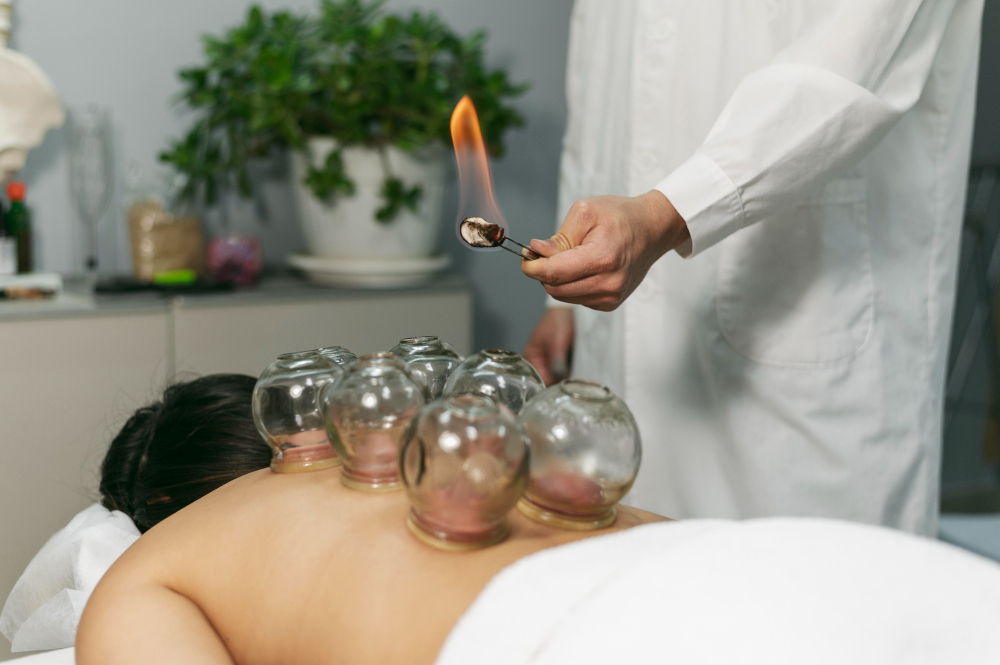What is Cupping Therapy?
Cupping therapy is an old healing method. People use it to help with pain, swelling, and blood flow. In this therapy, a therapist puts special cups on your skin. The cups create suction. Many people want to know about the different types of cupping therapy and their benefits. Cupping has been used in many cultures for hundreds of years. Today, it is still popular in many places around the world.
How Does Cupping Therapy Work?
During cupping therapy, cups are placed on the skin. The suction pulls the skin and muscles upward. Because of this, blood flow may increase in the area. Some people say this helps with pain and healing. While some studies suggest benefits, more research is needed. Always talk to a health professional before trying cupping therapy.
Main Types of Cupping Therapy
There are several types of cupping therapy. Each type uses a different method to create suction. Let’s look at the main types below.
Dry Cupping
Dry cupping is the most common type. In this method, the therapist places cups on the skin. Then, air is removed from the cups, creating suction. The cups stay in place for a few minutes. No blood is drawn. Many people choose dry cupping for muscle pain or tightness.
Wet Cupping
Wet cupping is a bit different. First, the therapist creates suction with the cups. Next, they remove the cups and make small cuts on the skin. Then, the cups are put back to draw out a small amount of blood. Some believe this helps remove toxins. However, wet cupping carries more risks than dry cupping.
Fire Cupping
Fire cupping uses heat to create suction. The therapist lights a small flame inside the cup. After removing the flame, the cup is quickly placed on the skin. As the air cools, it creates suction. Fire cupping is often used for back pain and muscle tension.
Other Modern Cupping Methods
Today, there are new ways to do cupping therapy. Some therapists use silicone or plastic cups. These cups can be squeezed by hand or use a pump to create suction. Because of these tools, modern cupping methods are often safer and easier to control.
Benefits and Risks of Cupping Therapy
Cupping therapy benefits may include pain relief, better blood flow, and muscle relaxation. Some people also use it to help with stress or headaches. However, not all benefits are proven by science. According to the World Health Organization (WHO), more research is needed to know how well cupping works.
But, cupping therapy is not risk-free. Possible side effects include:
Because of these risks, it is important to see a trained therapist.
Who Should Avoid Cupping Therapy?
Not everyone should try cupping therapy. Some people may have a higher risk of side effects. For example, you should avoid cupping therapy if you:
Always talk to your doctor before starting any new therapy.
Safety Tips and Best Practices
To stay safe during cupping therapy, follow these tips:
Because cupping therapy safety is important, never try it at home without training.
Frequently Asked Questions
In summary, cupping therapy can help some people with pain or stress. However, it is not right for everyone. Always check with a health professional first. Consult a qualified physiotherapist before starting cupping therapy for personalized advice.
